.jpeg)

.jpeg)
The king blockades the passed pawns, while the rook attacks. This is a typical distribution of roles in rook endings. Facing the technical wizard that is Magnus Carlsen, Dommaraju Gukesh failed to find the correct roles for his pieces. Not surprisingly, the Norwegian made the most of his young opponent’s mistake.
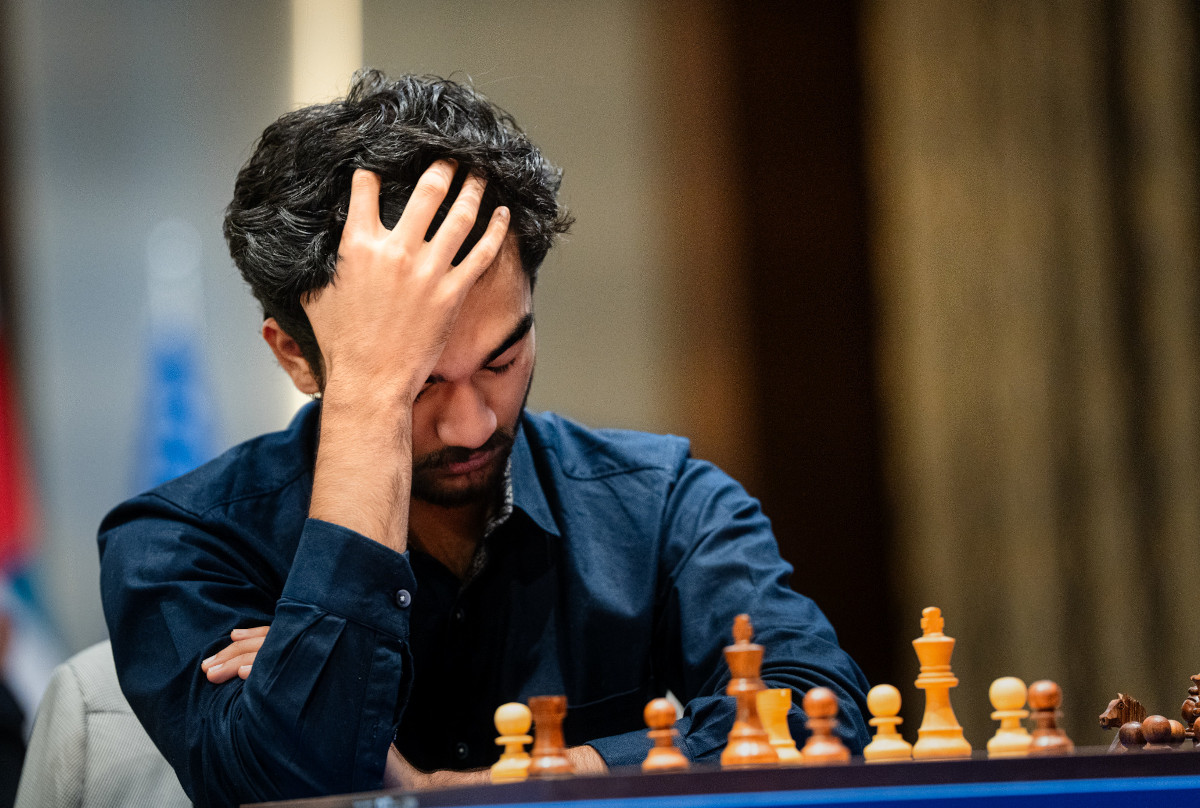
Dommaraju Gukesh | Photo: chess.com / Maria Emelianova
Passed pawns must be pushed! Fabiano Caruana tried to play a subtle move before advancing his outside passer and saw Praggnanandhaa Rameshbabu escaping with a draw amid a remarkable semifinal encounter in Baku.
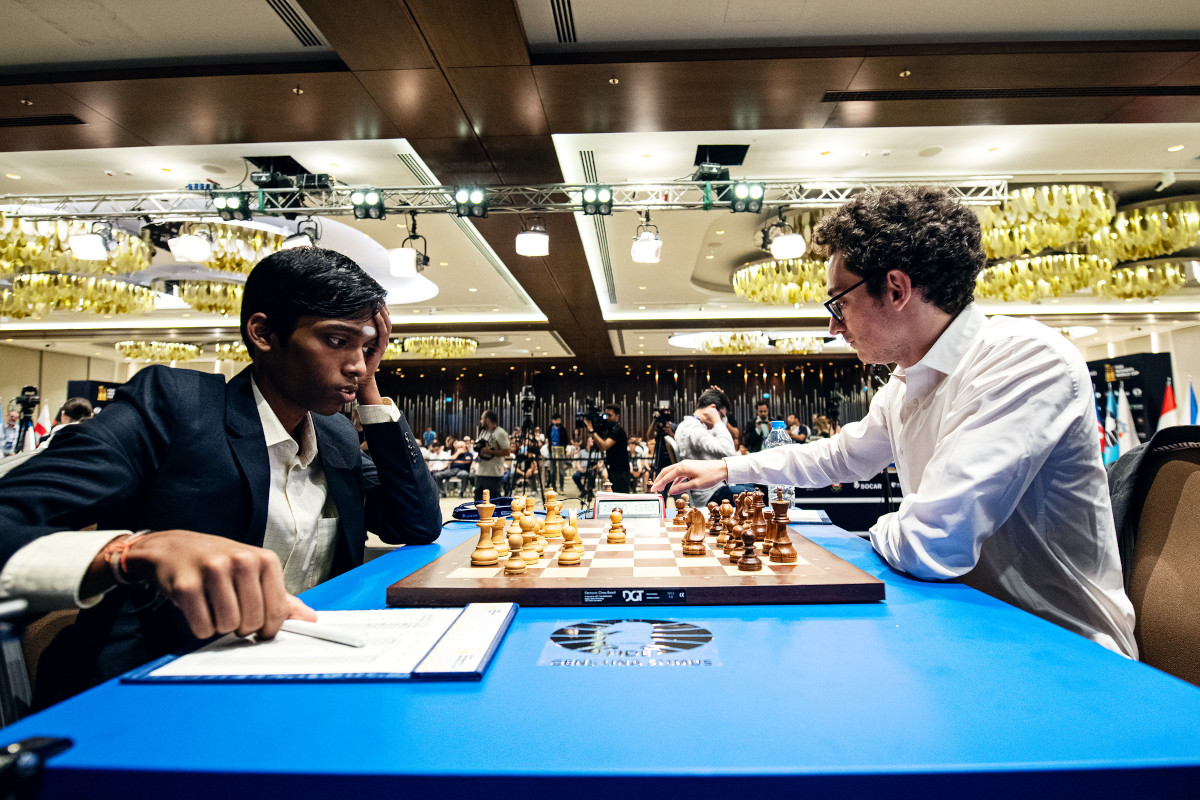
Praggnanandhaa Rameshbabu and Fabiano Caruana | Photo: FIDE / Stev Bonhage
When there are two ways to grab a pawn in an endgame, one might think that choosing the correct capture is a minor detail — but as seen in the game between Alexander Grischuk and Bardiya Daneshvar, grabbing the wrong pawn might turn out to be a decisive mistake.
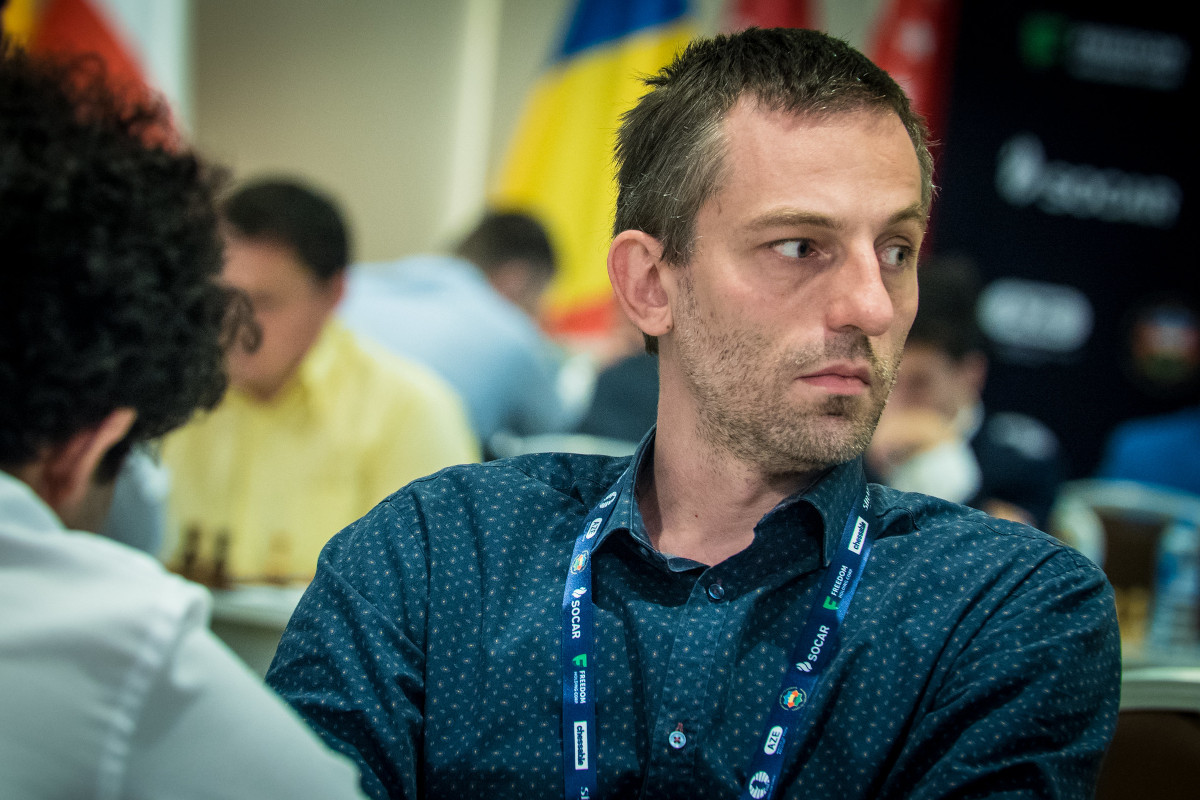
Alexander Grischuk | Photo: FIDE / Anna Shtourman
If they are well-coordinated, a rook and a knight can outplay a rook and a group of pawns. Jergus Pechac, however, failed to find a way to harmonize his pieces in his game against Vladimir Fedoseev.
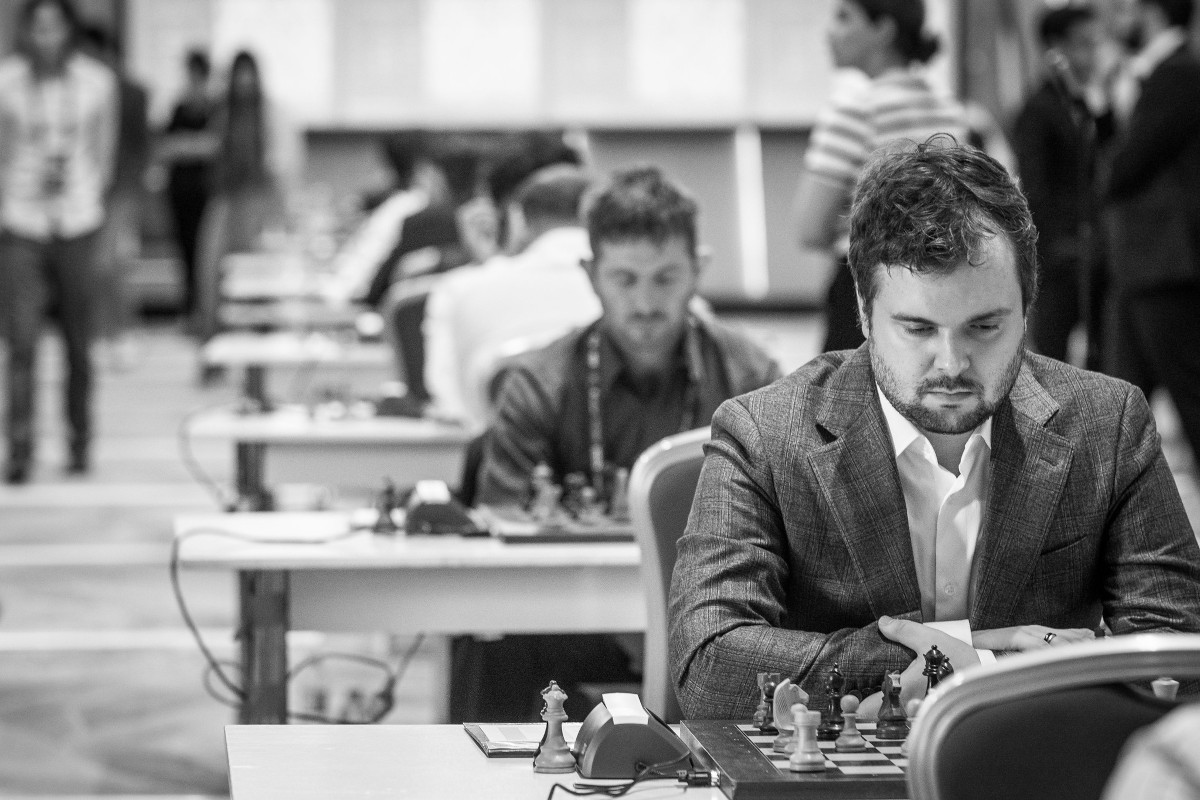
Vladimir Fedoseev | Photo: FIDE / Anna Shtourman
The eventual runner-up in Baku played a remarkable match against his friend Arjun Erigaisi in the quarterfinals. Pragg’s passed pawns gave him a crucial victory in the second game of the memorable confrontation.
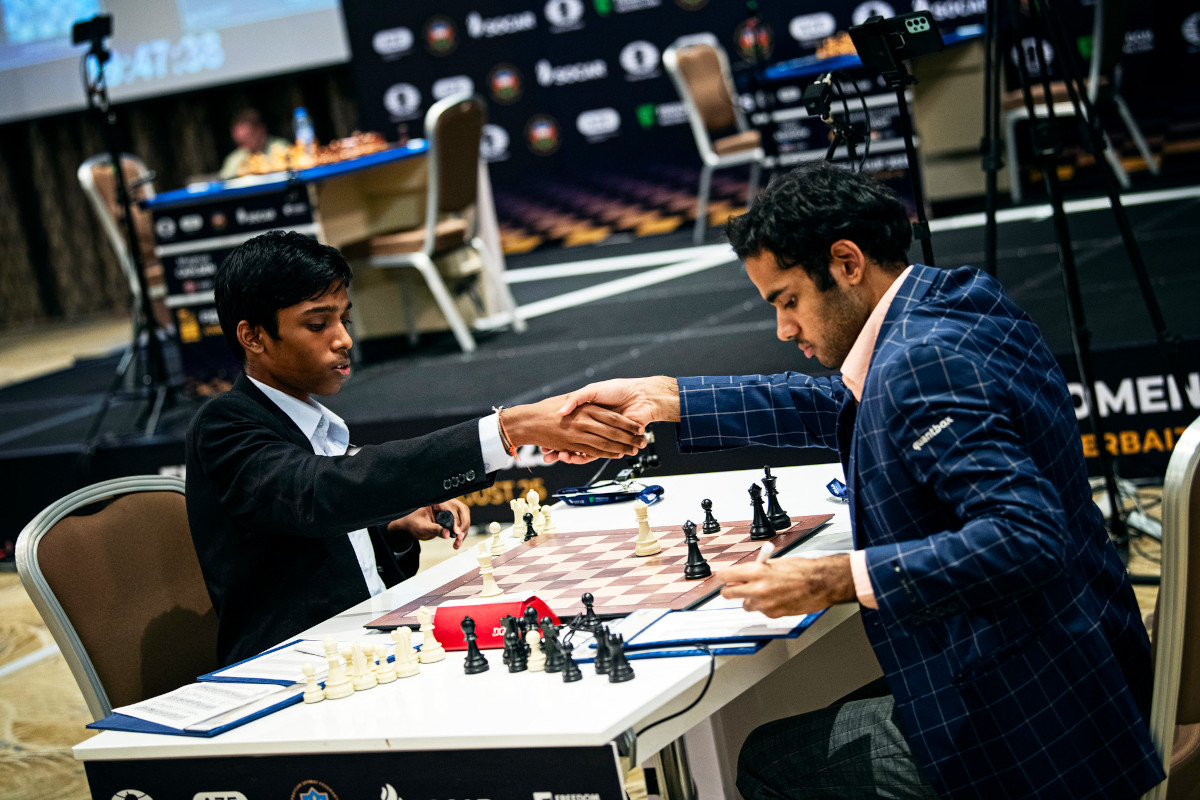
Pragg gets a second queen and Arjun resigns | Photo: FIDE / Stev Bonhage